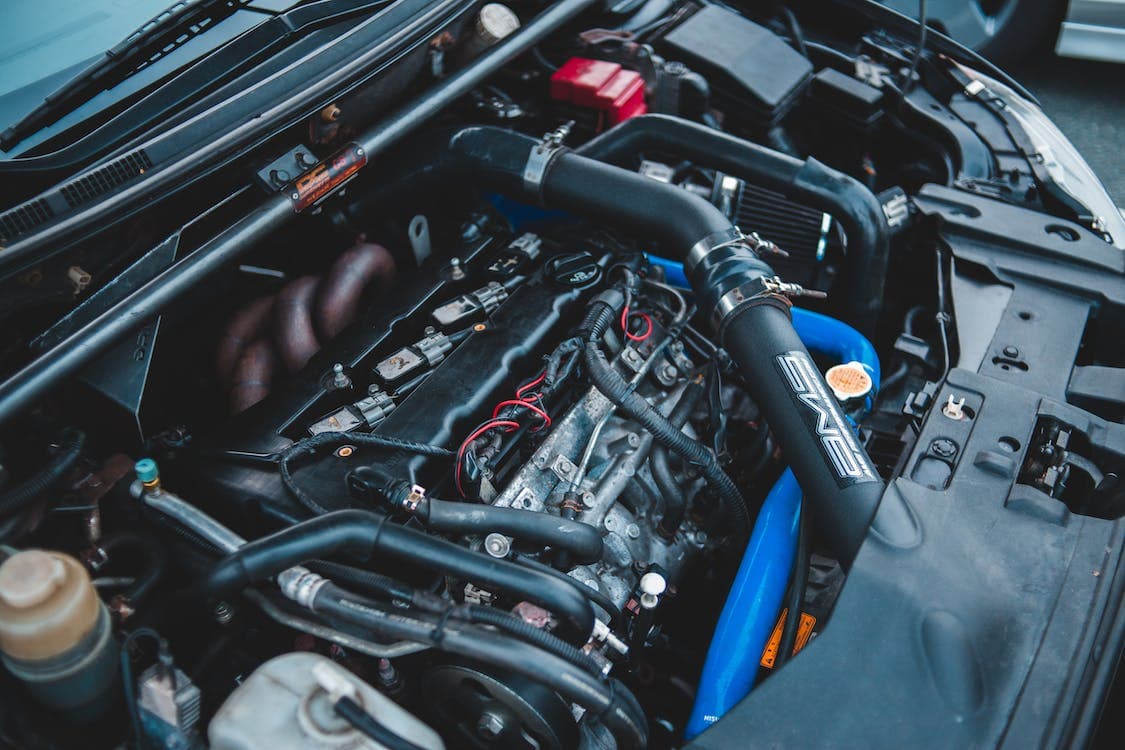Troubleshooting and Repairing Common Car Thermostat Issues
Car thermostats play an essential role in controlling the engine temperature. However, like any other mechanical component, they are prone to failure. This blog post will guide you on how to recognize common car thermostat problems and their solutions.
Understanding the Role of a Thermostat
Before we delve into diagnosing and fixing thermostat issues, let's understand its role. The thermostat in your car regulates coolant circulation, ensuring your engine maintains an optimal operating temperature. When the engine is cold, the thermostat remains closed, allowing the engine to warm up quickly. As the engine's temperature rises, the thermostat opens to allow coolant to flow through the engine and keep it from overheating.
Identifying Common Car Thermostat Problems
Overheating
The most common sign of a faulty thermostat is an overheating engine. If the thermostat sticks in the closed position, coolant cannot circulate, causing the engine to overheat. Monitor your temperature gauge while driving. If it consistently reads high, your thermostat may be to blame.
Shop Car Temperature Gauge Now
Unusually Low Temperatures
If your temperature gauge consistently reads low, it may indicate a thermostat stuck in the open position. This issue allows coolant to flow freely, preventing the engine from reaching its optimal temperature.
Inconsistent Temperature Gauge Readings
If your temperature gauge fluctuates erratically, it suggests a thermostat that is not working correctly. The engine's temperature should remain fairly consistent while driving under normal conditions.
Fixing Common Thermostat Problems
Replacing a Faulty Thermostat
If you've determined that your thermostat is faulty, the best course of action is to replace it. Here's how:
-
Locate the Thermostat: Refer to your car's manual to find the thermostat. Typically, it's where the top radiator hose connects to the engine.
-
Remove the Old Thermostat: Disconnect the radiator hose from the thermostat housing. Remove the housing bolts and lift the housing to reveal the thermostat.
-
Install the New Thermostat: Place the new thermostat into the housing with the spring side facing into the engine. Reinstall the housing and reconnect the radiator hose.
-
Refill the Coolant: Refill the radiator with coolant and start the engine. Monitor the temperature gauge to ensure the new thermostat is functioning properly.
Remember, if you're not comfortable performing this task yourself, seek professional help.
Regular Maintenance
Routine maintenance can prevent many thermostat problems. Regular coolant changes remove deposits that can cause the thermostat to stick. Also, routine inspections can catch a failing thermostat before it causes significant issues.
In conclusion, understanding your car's thermostat and the common issues that can arise is key to maintaining your vehicle's health. With this knowledge, you can identify problems early and take the necessary steps to fix them, ensuring your car runs smoothly and efficiently.
